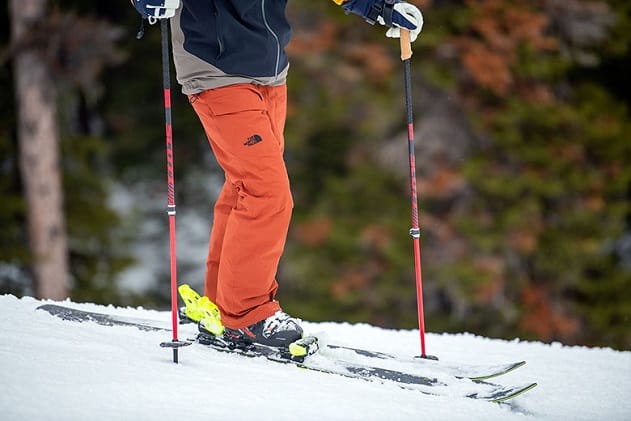Essential Guide to Choosing Men’s Snow Pants for Winter Adventures

As the winter season methods, outdoor enthusiasts and winter sports athletes begin preparing for the cold and exhilarating activities. Whether planning a skiing holiday, a snowboarding session, or just a casual trek through snowy landscapes, having the right gear is crucial to ensuring comfort and safety. At the centre of this winter gear is a good pair of snow pants, essential for protecting against the cold, wet, and windy conditions typical of winter weather.
Selecting the suitable mens snow pants is not just about fashion but function and fit. This guide aims to help navigate the myriad options available, ensuring that one ends up with snow bottom wear that will keep one warm and dry and enhance the winter sporting experience.
Understanding the Different Types of Snow Pants
Insulated vs. Shell Pants
Snow pants come in two main types: insulated and shell. Insulated bottom wear includes a layer of insulation between the outer fabric and the lining, providing built-in warmth. These are ideal for those who feel cold quickly or will be in icy conditions. On the other hand, Shell bottoms do not have this insulation and are more versatile. They are typically waterproof and windproof and offer greater flexibility in layering underneath.
Bibs vs. Standard Pants
Bib pants offer an extended part over the chest and often have suspenders. This design benefits deeper snow or extreme conditions by providing extra protection against the elements. Standard bottom wears, resembling typical trousers but with enhanced features for snow, are a good choice for activities that don’t involve prolonged exposure to harsh conditions.
Key Features to Consider
Waterproofing
One of the most critical factors in choosing mens snow pants is their ability to prevent water and moisture from seeping through. Look for bottom wear with a high waterproof rating, typically measured in millimetres. Pants rated at least 5,000 mm are suitable for light rain and dry snow, but for more extreme conditions, look for ratings of 10,000 mm or higher.
Breathability
While keeping water out, it’s equally essential that your snow pants allow moisture from your body to escape. This is particularly crucial during physically demanding activities like skiing or hiking. Breathability is also measured in grams (g/m²/24 hrs), and finding bottom wear with at least a 5,000 g rating is advisable for active use.
Durability
Winter activities can be harsh on clothing, and the durability of mens snow pants is paramount. Look for bottomwear that features reinforced stitching and is made from ripstop fabrics. Pay special attention to the areas that experience the most wear and tear, such as the knees, ankles, and seat.
Fit and Mobility
A proper fit contributes to the comfort and affects the performance of snow pants. Ensure the pants are not too tight, which can restrict movement and limit layering options. Conversely, too loose bottom wear can hinder mobility and catch on objects. Look for features like articulated joints and stretch fabrics that enhance mobility and flexibility.
Pockets and Additional Features
Practical elements like pockets can make a big difference in the usability of snow bottom wear. Look for securely zipped pockets to store essentials like keys, lift passes, and phones. Other valuable features include built-in gaiters to remove snow from boots and reflective elements for increased visibility in low-light conditions.
Whether heading out for a leisurely snow hike or gearing up for a full day on the slopes, fitting snow pants can significantly affect the comfort and enjoyment of winter activities. By understanding these essentials and carefully selecting a pair that meets one’s specific needs, one can ensure that every winter adventure is as enjoyable and comfortable as possible.


